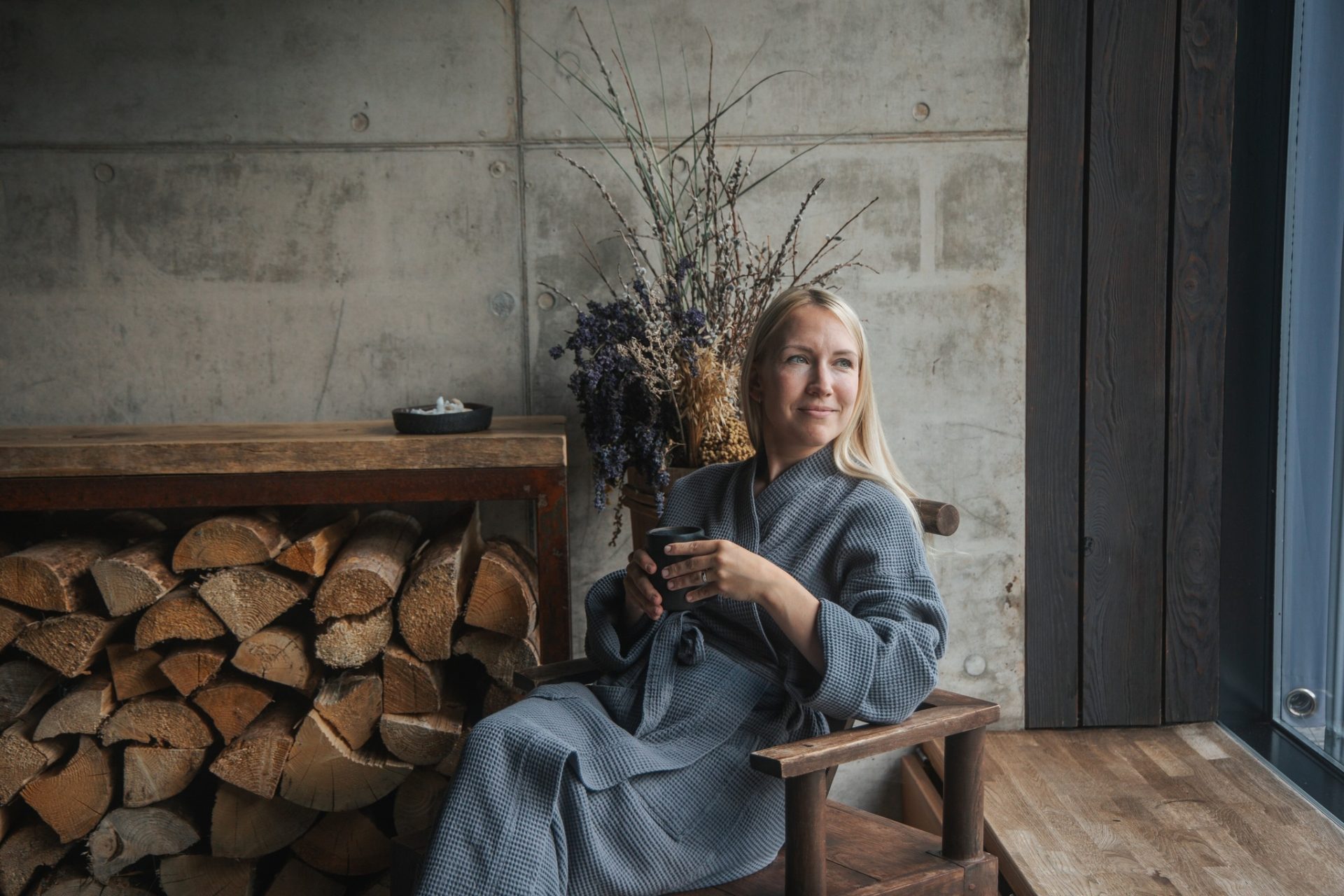The Finns have the sauna, but Latvians have the pirts. Both a place and a practice, the pirts invites the cleansing of the body, mind, and soul by embracing heat, steam, water, touch, the power of plants, and song. Folk songs offer many clues about the significance of the pirts to Latvians. Here’s one you’ll often see displayed on the wall in pirts buildings across Latvia:
Pirtī gāju, pirtī teku | Pirtī balti mazgājos, | Pirtī mana dvēselīte | Ar Dieviņu runājās
To pirts I go, in pirts I flow, | In pirts is where I bathe clean white, | In pirts is where with God | My little soul speaks (Translated by Laura Knight)
Historically considered the cleanest space in the home, the pirts was where women gave birth and where the deceased were bathed before their burial. At the same time, some pirts buildings also doubled as smokehouses! Pirts buildings have truly witnessed the cycle of life, acquiring a near-sacred status.
While the pirts is primarily a family custom, enjoyed in the comfort of one’s home, many guest houses or dedicated pirts centers also open to the public, offering the option to either hire the pirts house or engage in a full pirts treatment or ritual lasting around four hours. Guided by a trained pirtnieks (pirts professional), the rituals are about more than relaxation, washing, or whisking. Often, they mark significant occasions or turning points in one’s life.
The pirtīžas, for example, take place soon after the birth of a baby and involve both the child and mother in a symbolic sequence of events designed to celebrate new life together and pamper the two individuals. Today, both parents are welcome to join. Rituals can also be a healing and bonding experience for couples or groups of friends.







